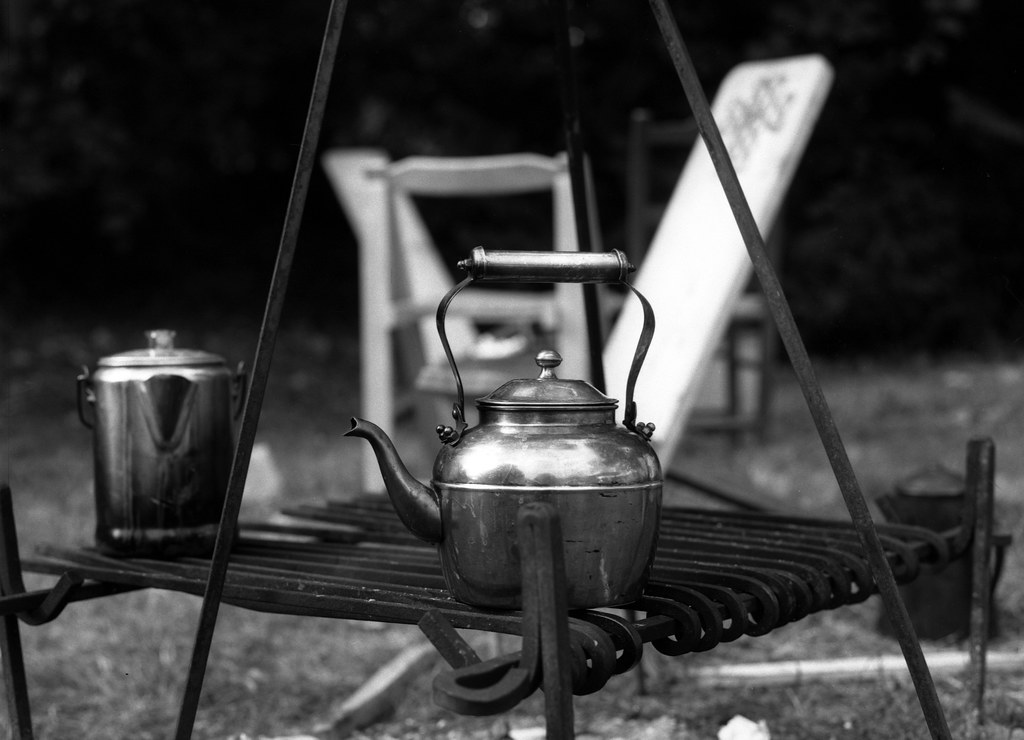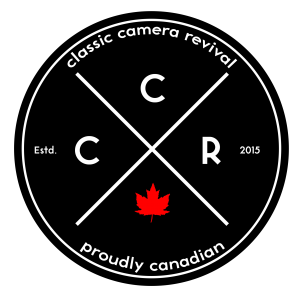We’re not done with chemistry just yet! And while we still didn’t dig into Ilford Chemistry (Don’t worry, we’ll do an episode dedicated to Ilford in Season Six) we have an excellent selection of jack-of-all-trade developers to one-trick ponies.
Pour Me Another Round…
We’re back with another batch of developers, this time we’re digging into the strange and specialised, from motion picture developers to ones designed or a small set of films.
Cinestill D96
The idea behind Cinestill D96 is actually bringing a Kodak developer into the hands of the general public. It’s no secret that Cinestill D96 is Kodak D-96 a specialised developer from the D-76/D-23 family designed for motion picture film and it gives a wonderfully rich tone and fine grain on any motion picture film you use. We’re of course talking about Eastman Double-X (5222)/Cinestill BWXX, ORWO UN54+ (Lomography Potsdam 100), but don’t stop there Ilford FP4+ looks amazing when developed in D96. You can purchase a pouch that makes 1L and does 16-Rolls in the stock solution and it costs only 6$ (USD), well worth the purchase for something different.
You can also make D-96 yourself with some of the same chemicals as you would for D-23 or D-76
Water (125F) – 750mL
Metol – 1.5g
Anhydrous Sodium Sulfite – 75g
Hydroquinone – 1.5g
Decahydrate Borax – 4.5g
Potassium Bromide – 0.4g
Water to make up 1L



Diafine
We discussed Diafine briefly in our previous episode as a great compensating developer for use when pushing film, so we figured it would be a great way to bring it back for this episode. What makes Diafine unique is a couple of reasons. First and foremost it is two-part and two-step developer. You have Part A and Part B, just make sure that the streams don’t cross or you’ll kiss your whole batch goodbye. So that means you develop in Part A first usually three minutes then Part B for another three minutes. Unless it’s Acros then it’s five (for the freezer burn). If you’re pushing this is the developer for you but it isn’t cheap, but it lasts a very long time.



Rollei RPX-D
When it comes to one-trick ponies, look no further than Rollei RPX-D. Designed by Spur the RPX-D developer is exactly what you think it’s for, the Rollei RPX line of film. But not all three, this is specifically for the RPX 100 and RPX 400 stocks. It gives excellent results and uses a lot of weird dilutions but as HC-110 users, we’re all used to that. It works the best with RPX 400 especially when you’re pushing the stock beyond box speed.




Rollei Low-Contrast Developer
Another one from Rollei, Rollei Low Contrast Developer or RLC is one that is designed to tame the contrast on films noted for their high-contrast nature. Film’s like Kodak Tech Pan or Rollei’s ATP 1.1 are good options to use the developer with. Some of Eastman high-contrast films like 2366 or 5363 are other good choices for using with the developer. But again there is a trade-off with the fact the developer is not cheap.
Shaken & Stirred
Your choice in developers is important there’s plenty of other items in the film development process that is highly personal and can radically change how your film looks after you’re done. From how you agitate (constant on a Jobo, Inversions, or the swizzle stick) to your stop bath and even the fixer. Just like we all have our own choices in the developer, we each share our thoughts on the additional chemistry that’s used.
Looking for a good spot to get your gear and material fix check out Burlington Camera (Burlington, ON), Downtown Camera (Toronto, ON), Film Plus (Toronto, ON), Belle Arte Camera (Hamilton, ON), Pond’s FotoSource (Guleph, ON), Foto Art Camera (Owen Sound, ON). Out West there’s The Camera Store (Calgary, AB) and Beau Photo Supply (Vancouver, BC). Additionally you can order online at Argentix (Quebec), buyfilm.ca (Ontario), the Film Photography Project or Freestyle Photographic. Looking for development options, check out these labs that have our support, Boréalis Photo Lab, Old School Photo Lab, The Darkroom, and Film Rescue International.
Also you can connect with us through email: classiccamerarevivial[at]gmail[dot]com or by Facebook, we’re at Classic Camera Revival, Twitter @ccamerarevival, and Instagram (@classiccamerarevival)!
